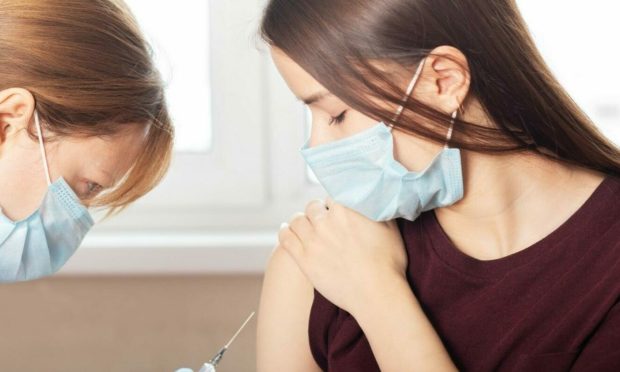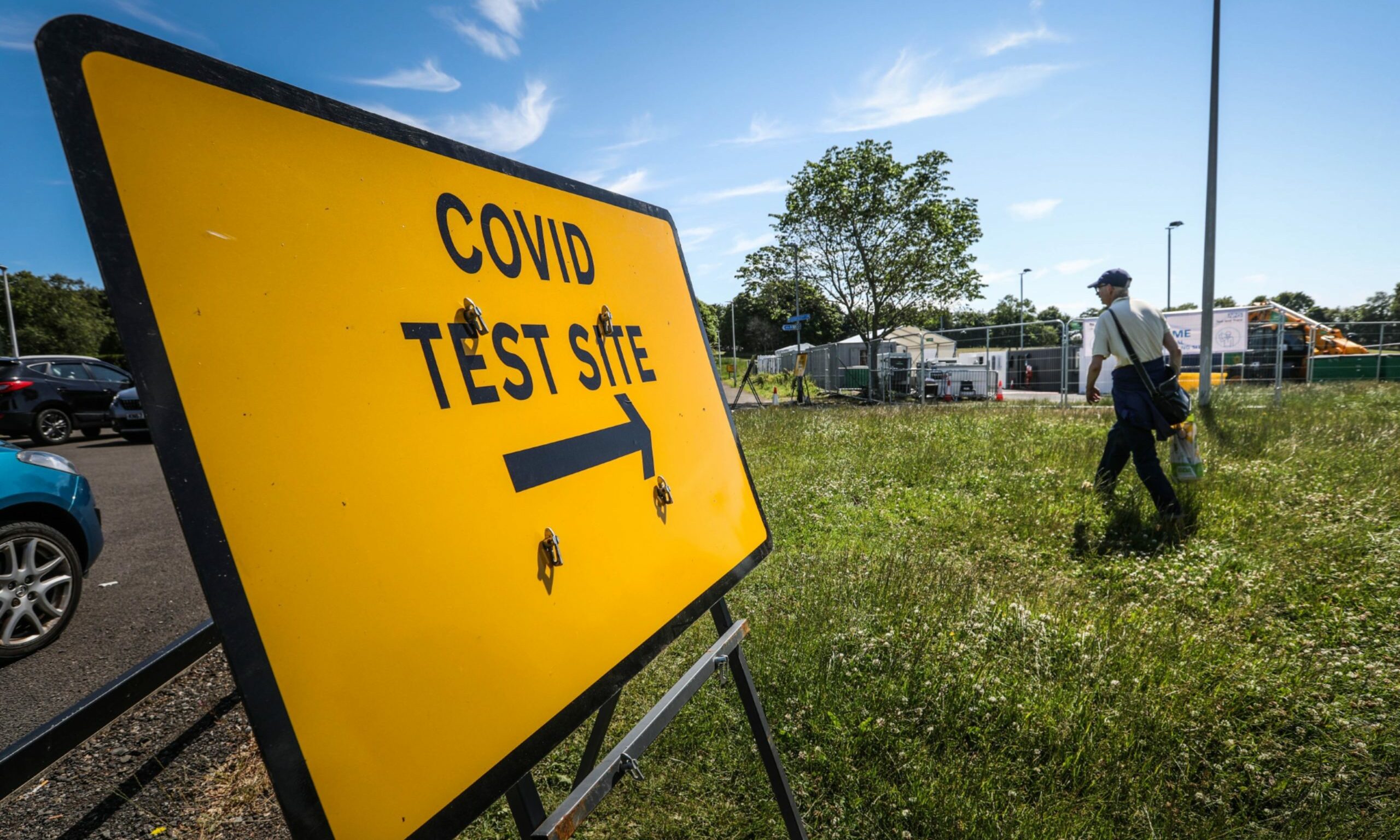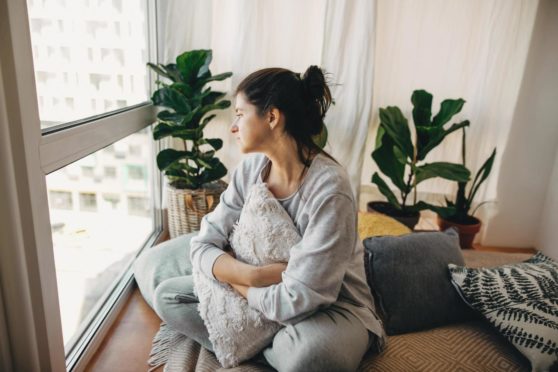The rules on self-isolation have changed – but do you know what this means for you?
We’ve all known for months what the dos and don’ts are when we’ve come into contact with someone who has Covid-19.
Previously, having close contact or living with someone with the virus meant an often frustrating 10 day isolation.
And many think double vaccination means they can now avoid self-isolation.
But is this the case? Do you know what the new rules are?
It’s true if you’ve had close contact with someone who has Covid-19, you may now not need to self-isolate.
But it’s not enough to have had your two jabs, as many think.
NHS Inform says you need to book a PCR test to check if you have Covid-19.
Instead of heading out, you should self-isolate until results come back.
What if the test is negative?
If you’re aged over 18 years and four months (which NHS Inform says allows time for people to become fully vaccinated), you can end self-isolation if you get a negative PCR result and:
- Are fully vaccinated – this means you’ve received two doses from the NHS and have had your second dose more than 14 days ago.
- Do not have, or develop, symptoms.
What if I can’t have the vaccine or haven’t had one, or both, yet?
If you can’t be vaccinated for medical reasons you can only end self-isolation with a negative PCR result and if you don’t have, or develop, symptoms.
If you are over 18 years and 4 months old and are not fully vaccinated, you must complete 10 days of self-isolation from your last date of contact with a positive case.
That’s even if you do not have symptoms and you receive a negative test result.
What about children?
If you’re a close contact with someone with Covid, and under 18 years and 4 months, you can only end self-isolation if you receive a negative PCR test result and you do not have, or develop, symptoms.
Children under five years old who are close contacts do not need to self-isolate and are encouraged to book a test.
If they develop symptoms, they should self-isolate and book a test.
Full details on the guidance can be found on the NHS Inform website.



